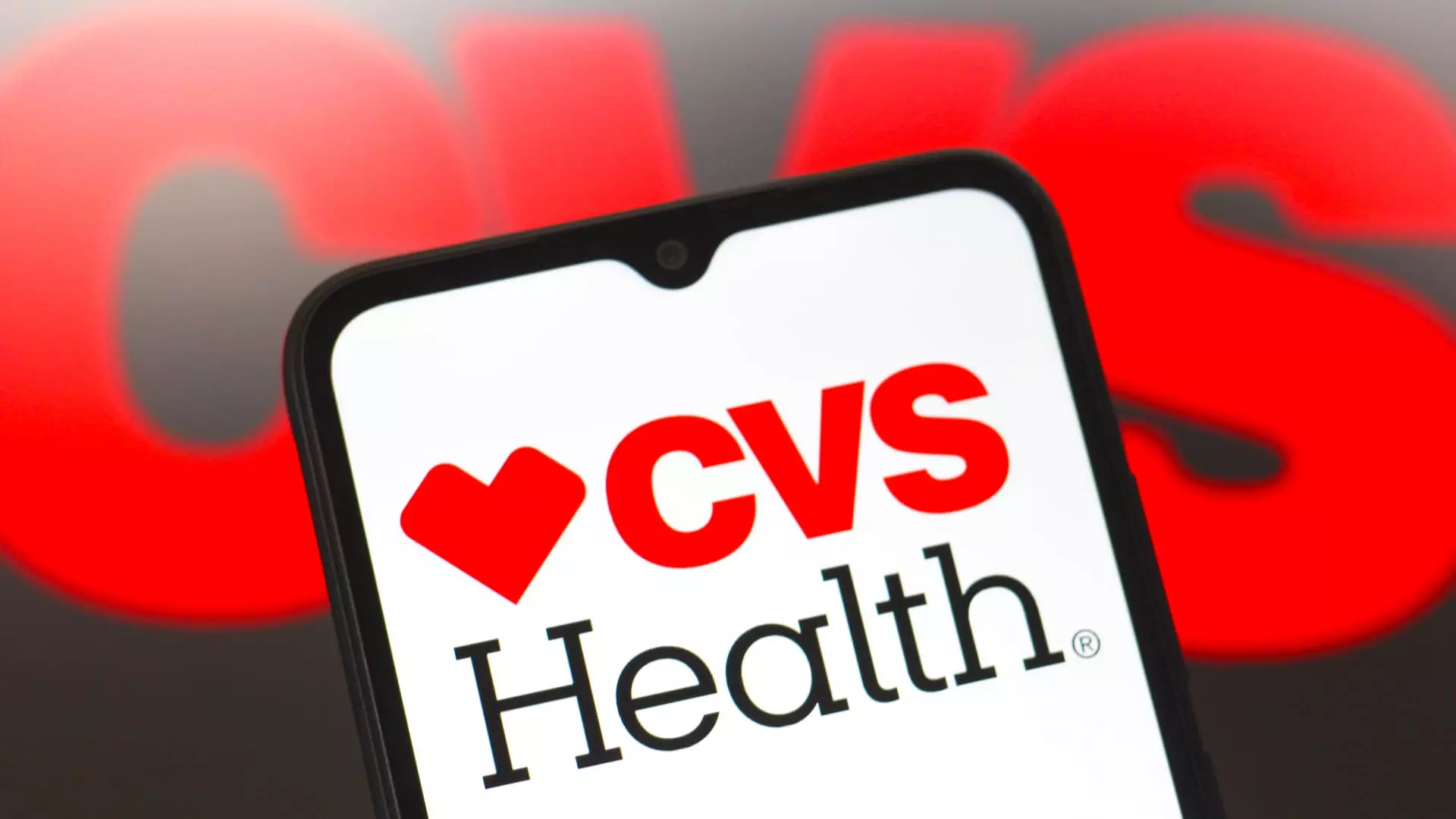In an era marked by unpredictable monetary policies and economic turbulence, dividend stocks have become the safe harbor for many investors. The recent Federal Reserve decision to cut interest rates signals a fundamental shift—one that many interpret as an official retreat from high-rate territories into more accommodative monetary waters. Yet, this “stability” is an illusion if one looks beyond the surface. While dividend yields may seem attractive, relying on them as a cornerstone of your investment strategy could be a perilous gamble, especially if economic fundamentals falter or inflation reintroduces volatility.
Investors are seduced by the promise of steady income, often overlooking the underlying risks that come with traditional dividend payers. For instance, CVS Health, a giant in US healthcare retail, remains an appealing choice with its solid 3.6% yield. But behind the headlines lies a complex strategy—an aggressive repositioning through integrated healthcare models, acquisitions like Aetna, and a quest to stabilize earnings amid regulatory and market pressures. Such strategies are vulnerable to missteps, and the assumption that CVS can seamless bridge its multi-year turnaround ignores the myriad of external and internal risks—competition, regulatory headwinds, and market saturation. Wall Street’s analysts offer optimistic projections, but they often overlook the inherent fragility of these plans once macroeconomic headwinds or unforeseen operational setbacks materialize.
Furthermore, dividend stability should not be mistaken for invulnerability. Even the most dependable companies can falter, especially in sectors Crippled by disruptive forces or policy swings. Relying heavily on such stocks without a nuanced understanding of their underlying dynamics is akin to building a house of cards based on forecasts that can shift with every geopolitical twist or economic shock. The idea of “safe” dividends, particularly in a changing rate environment, warrants skepticism rather than blind trust.
Misjudging Growth Capital: The Myth of Durable Income
Case in point is Williams Companies, a prominent energy infrastructure firm with a modest 3.4% yield. The narrative here suggests a robust growth trajectory linked to surging LNG exports, rising power demands, and data center expansion. However, such optimism overlooks the capricious nature of energy markets. Commodity prices remain volatile, geopolitical risks loom large, and regulatory changes could swiftly derail planned projects or capacity expansions.
Additionally, the assumption that Williams’ dividend growth will effortlessly keep pace with EBITDA gains, projected at around 9%, is overly simplistic. The company’s stated goal of maintaining leverage between 3.5x to 4x leaves little room for error if cash flows falter or unexpected costs arise. Investors betting on continuous 5-6% dividend hikes might find themselves disappointed, especially if commodity prices dip or if the energy transition accelerates faster than expected, making traditional pipelines less attractive. The narrative of a “safe” energy play ignores the sector’s inherent cyclical nature and structural vulnerabilities—such as policy shifts away from fossil fuels, increased ESG scrutiny, and global pushback against certain energy sources.
Plus, the belief that Williams’ assets are “high-quality” and will support stable dividends of 5%–6% growth is more faith than fact. It’s an assumption based on current demand trends, not a guarantee of future resilience. Structural shifts in energy consumption could chill their growth prospects, making this dividend payer more fragile than roaring headlines suggest.
Growth at a Price: The Hidden Costs of Surefire Yields
The case of Chord Energy exemplifies the dangers of overestimating the stability of high-yield exploration and production stocks. With a 5.1% yield and recent strategic acquisitions, the stock appears to be a buy for income-focused investors. Yet, this “growth” narrative subtly masks a risky game of leverage, debt, and commodity dependency.
The recent deal to acquire assets from ExxonMobil’s XTO Energy may look promising on paper, but it underscores the sector’s overconfidence in short-term cash flow stability. While analysts highlight the low net debt-to-EBITDA ratio, the reliance on volatile oil and gas prices increases the risk of dividend cuts or share buyback suspensions in downturns. The industry’s history—cyclical, capital-intensive, and heavily exposed to price swings—raises questions about whether these dividends are sustainable through economic downturns or price shocks in the global energy market.
Furthermore, the optimism around returning over 75% of free cash flow to shareholders via dividends and buybacks must be taken with a grain of salt. “Free cash flow” in this sector can be illusory; commodity price dips can quickly erode margins, choking cash flow and forcing management into tough choices—reducing dividends, selling assets, or taking on more debt. The assumption that such high-yield generators can maintain their payout ratios during turbulent times is dangerously naive.
The real challenge is balancing pursuit of shareholder returns with prudent financial management. Relying on projected free cash flows and current assets to sustain generous dividends ignores the notoriously unpredictable nature of the exploration sector. If global energy policies shift, or if commodity prices correct sharply, stocks like Chord may find themselves having to eat their gains, reconsider dividend policies, or both.
In essence, these stocks—CVS, Williams, and Chord—are emblematic of a broader trend: investors mistaking short-term yields and optimistic forecasts for certainty. True caution involves understanding that high yields often come bundled with high risks, especially when they hinge on favorable macroeconomic and regulatory conditions. The allure of dependable income can obscure the reality that these companies face systemic vulnerabilities—be it regulatory headwinds, market cyclicality, or geopolitical uncertainties—that could jeopardize their dividend sustainability in the not-so-distant future.

